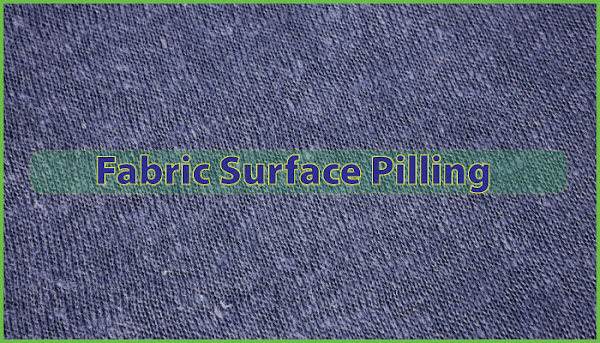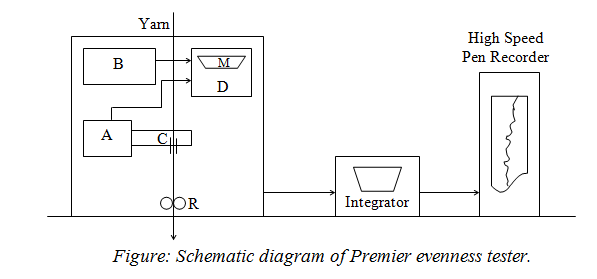What is Fabric Pilling? Factors Responsible for Pilling
Last updated on July 26th, 2023 at 12:27 am
Definition of Pilling
Pilling is a fabric surface fault characterized by little ‘pills’ of entangled fibre clinging to the cloth surface and giving the garment an unsightly appearance. It is bunches or balls of tangled fibres which are held to the surface of a fabric by one or more fibres. The pills are formed during wear and washing by the entanglement of lose fibres which protrude from the fabric surface.
Pilling has long been recognized as a fault, especially in fabrics such as woolen knitted goods made from soft twisted yarns. The pilling of fabric is discussed by Braid, Hatfield and Morris in a paper which deals mainly with fabric made Nylon and Nylon blends. One conclusion reached was the pilling is reduced by increasing the Nylon filament denier.
Factors Responsible for Pilling
Apart from availability of loose fibres at the surface of fabric and frictional forces, the tendency to pill formation depends on several other factors. The important factors responsible for pilling are:
Fibre Characteristics
- Morphological structure – Fibres with smooth, cylindrical shape and circular cross section have greater tendency to pilling.
- Chemical structure – Synthetic fibres are more susceptible to pilling than natural fibres. Hydrophobic fibres generally produce pilling. Natural fibres have low abrasion resistance as compared to those fibres.
- Fibre structure – Tendency to pilling increases with the increase in crystallinity and orientation of the chain molecules in fibres.
- Fibre length – Fibres with short staple length usually favor pilling because the number of bindings will be less during spinning into yarn and hence it will be less firmly bound into the yarn.
- Fibre fineness – The finer fibres give less resistance to distortion and hence higher tendency to pill.
- Strength – Higher the strength of the fibre, greater is the scope for pilling.
- Extensibility – Higher the extensibility of fibre, the less is the tendency to pill.
Yarn Characteristics
- Blend composition – Blended material has higher liability to pilling as compared to the pure material.
- Count – Yarn with heavy filament denier (coarse) has fewer tendencies to pilling.
- Twist – Increase in twist binds the fibres in the yarn more firmly and hence lowers the pilling tendency.
- Plying – Ply yarn with soft doubling twist increase pilling.
- Regularity of yarn – The tendency to pilling is greater if thick and thin places are present in the yarn.
- Hairiness – Greater the hairiness, higher the tendency of pilling because of easier pull out hairs from the yarn bundle.
- Short fibres – Higher the short fibres in the yarn, the greater the pilling due to loosely held in the fibre bundle.
Fabric Characteristics
- Weave – The movement of fibres at the fabric surface is influenced by the binding structure, such as more pilling in twill and satin weaves than plain weave.
- Knitting – The higher the interlacement, lower the pilling.
- Intersection – Insertion of higher intersection restricts the movement of yarn in fabric and controls pilling.
- Ends and picks – Higher the number of ends and picks per inch cause tight and compact structure of fabrics and thus help in reducing the pills.
Frictional or Abrasive Force
Frictional or abrasive force is one of the most important factors for the pill formation. Other factors remaining unchanged increase in frictional or abrasive force increase pilling.





nice blog. And I highly recommend this post about pilling in fabric.
Very helpful concept of pilling.
Appreciation for really being thoughtful and also for deciding on certain marvelous guides most people really want to be aware of.